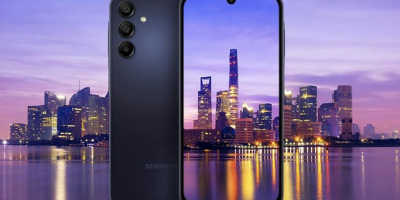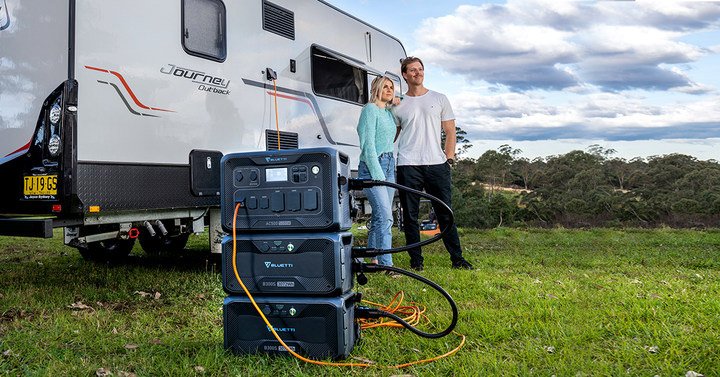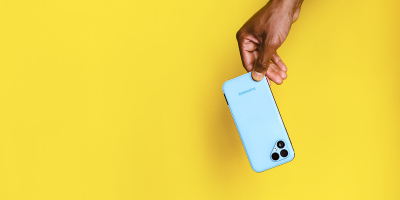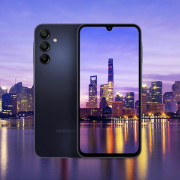A few days back, we published our review of the Pixel 7a, Google’s newest mid-range Android entry. As far as “affordable” smartphones are concerned, the Pixel 7a manages to get a lot of things right, and it packs some much-welcome hardware upgrades, which serve to redefine what can expect from midrange and flagship phones.
Based on our time using it however, it’s clear that the Pixel 7a has its faults – after all, no smartphone is perfect. As with any other device out there, its weak points should be taken into consideration, especially for folks looking to upgrade to the 7a, or who are curious about what Pixel devices have to offer. So terrific camera and software aside, what exactly does the Pixel 7a need to work on? Let’s take a look.
Battery Endurance
Battery performance is probably one of the most subjective use cases when it comes to Android devices, as each owner will have their own preferences in terms of apps, tasks, and other day-to-day usage scenarios. In my case however, the Pixel 7a seems to come with some of the same issues that were present on its more premium sibling, the Pixel 7. In a way this is to be expected, as both phones feature the same Tensor G2 chipset and the same software.
![]()
More specifically, the phone’s battery does have some trouble keeping up with the kind of usage that I require of my phones. Having lived around London, my daily smartphone usage typically consists of constant data and location access, especially since I tend to use navigation apps like Google Maps and City Mapper on a frequent basis. Couple this with a high display brightness and music streaming when outdoors, and you have a guaranteed recipe for considerable battery drain.
I wasn’t getting the 4-5 hours of SoT that I managed to on earlier Pixel devices… and this was admittedly frustrating.
With that being said, I was never able to push the phone beyond four hours of screen on time. SoT is a subjective way of measuring battery performance, although I’d like to think that it paints a picture of an individual’s daily usage. In this particular scenario, my battery had dropped to the 20% range, just after 3 and a half hours of usage. I wasn’t getting the 4-5 hours of SoT that I managed to on earlier Pixel devices like the 3a, 4a and even the 6, and this was admittedly frustrating.
Even our own Nick Gray had some qualms about the Pixel 7a, particularly in terms of battery calibration. On one occasion, the 7a’s battery indicator dropped instantly from three to two percent, and within five seconds dropped to one percent, at which point the phone immediately shut off.
Thermal Management
![]()
Smartphones tend to get warm, especially during a lot of use. The Pixel 7a is definitely no exception in this regard, and the phone does tend to get a bit hotter than most. It’s an experience that I’ve had before on the Pixel 7, and it once again rears its ugly head on the 7a.
This wouldn’t be much of a problem if the phone got warm during heavy tasks such as gaming – however the 7a has a habit of heating up with even basic usage, such as web browsing and social media apps for example. Fortunately, one could mitigate this issue by switching over to a Wifi connection, which drastically reduces heating. In cases where Wifi isn’t available though, I’ve had to put up with less-than-ideal thermal scenarios when using the phone.
It should also be said that Google recently launched an update that addresses the heating issues that users have been having with their Pixel phones, and hopefully this improves how the Pixel 7a performs moving forward.
Other Issues
At the risk of sounding like an obsessive nit-picker, I do think that there are some other issues that the Pixel 7a comes with, that can hopefully be fixed by software optimizations from Google – after all, the company does pride the Pixel phones as being software-centric, offering users with a smarter experience rather than full-on raw performance and power.
…at the end of the day, the Pixel 7a’s strengths still lie with its stellar point-and-shoot capabilities, and a software experience that sets it apart from competing devices.
There are times when the adaptive brightness setting for the display doesn’t automatically kick in, forcing you to manually adjust the display brightness. It’s an issue that we’ve seen before on older Pixel devices, and it’s somewhat annoying that it’s still present on what a brand-new device from Google. There’s also the issue of the extremely slow charging speed, although to be fair this is more of a hardware limitation, but one that will be a point of consideration for discerning buyers.
With all that being said, I don’t think that it’s fair to say that the phone isn’t entirely usable – at the end of the day, the Pixel 7a’s strengths still lie with its stellar point-and-shoot capabilities, and a software experience that sets it apart from competing devices. Given its more “affordable” status in the Pixel lineup, there will be some grievances with the 7a, although we do hope that Google addresses these through future updates.
What do you think? Have you had issues with your Pixel 7a? Let us know in the comments below.








Comments